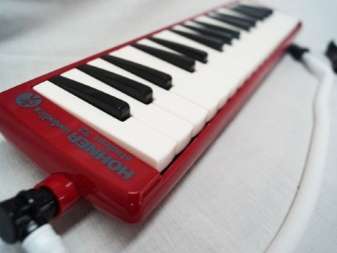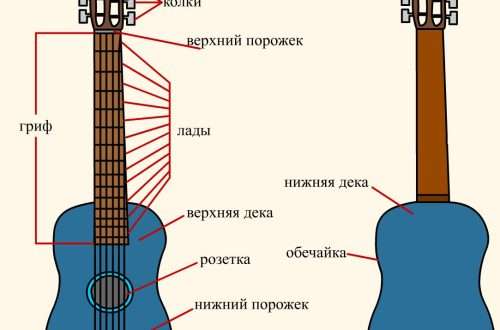
What is a Melodika and how to play it?
Melodika is a unique musical instrument that is popular in many countries. Before you purchase this product and learn how to play it, you should read its detailed description and step-by-step instructions for learning.
History of occurrence
Although there are a lot of disputes and various theories regarding the emergence of melody in society, this wind musical instrument was invented in Germany in the middle of the last century. A little later, he gained wide popularity in our country.
As the main musical instrument, the so-called flute with keys was used by the musician Phil Moore. The famous jazz artist in 1968 recorded an album called Right On.

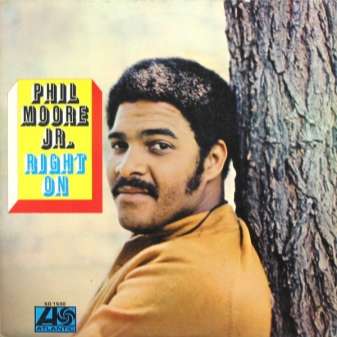
Description
In fact, a melody is a musical instrument, which, in terms of its structural and visual characteristics, is something averaged between a harmonica and a classical accordion. We list its main elements.
- Corps . It can be made of wood or plastic. Inside the case there is a small cavity with additional reeds and valves, with the help of which the sound is extracted from the instrument. They also affect such characteristics as pitch, volume and timbre of the sound.
- Keys . The keyboard system is made according to the type of a piano sample, which is characterized by the presence of interchangeable white and black elements. The number of keys varies depending on the type and model of the instrument. Professional models include from 26 to 36 black and white keys.
- Mouthpiece channel . This structural element is most often located in the side of the tool. The main purpose is to attach a classic or bendable mouthpiece through which air is blown.
A distinctive feature of the melody is the implementation of sounds in the process of pressing the keys with the simultaneous blowing of air from the lungs. Due to these design features, the sound of the instrument is unique and well recognizable. An equally important advantage of melody is a relatively wide musical range, ranging from 2 to 2.5 octaves.
In addition, it is distinguished by simple assimilation, simple technique of performance, and good compatibility with other musical instruments.
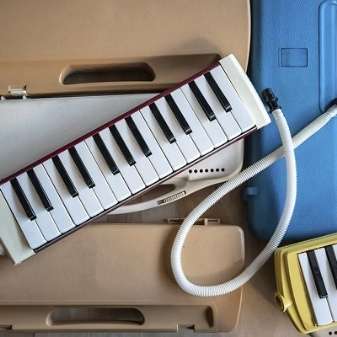

View overview
The existing varieties of melodics mainly differ from each other in such characteristics as the musical range, dimensions and design features. When choosing a tool, these parameters should be taken into account.
- Tenor . A distinctive feature of the tenor variety of melody is the ability to create sounds of exclusively medium tones. On the tenor melody, playing the keys is carried out with only one hand of the musician, while the other supports the instrument. Some subspecies of the tenor type are produced in a different design, which involves playing musically with two hands at the same time. Such a product is additionally equipped with a flexible tube, which is inserted into the oral cavity, and the melody itself is installed on a flat surface without recesses and height differences.
- Soprano . Unlike the tenor variety, the soprano melody allows you to play much higher notes. Most of the presented models from this category are made in the form of an instrument, which is played with both hands on the keys located on both sides of the instrument.
- Bass . Bass melody is a particularly rare variety of this piece of music. With its help, the musician is able to create the lowest tones and “cold” sound. This type was popular in the 20th century, and is now used more often as souvenirs or by enthusiasts.
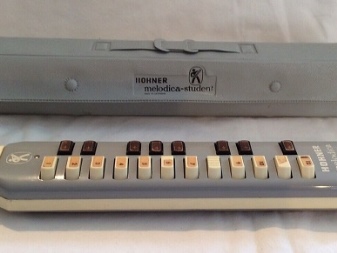
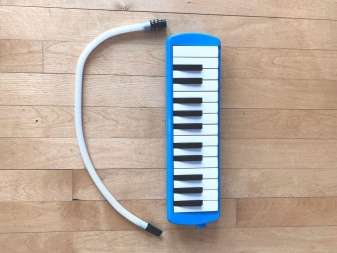
Selection Tips
Those people who decide to learn to play the melody, you need to know how to choose this instrument correctly. Otherwise, you may encounter various problems that relate to its quality and depth of sound, as well as ease of use. Numerous experts strongly recommend purchasing the product in specialized stores, where you can evaluate it personally. Otherwise, the risk of stumbling upon a fake or a poorly manufactured device is significantly increased.
- The first thing to do when picking up a melody is to check all the keys . These structural elements should not fall, the pressing itself is effortless, and the sounds correspond to the range. The latter, of course, can only be checked by an experienced musician.
- The next thing to do is to analyze the appearance of the product . The melody should be free from any scratches, cracks or dents that could adversely affect the structural and functional characteristics.
- Next , it is recommended to shake the instrument slightly . During this action, no extraneous sounds should be heard from the case.
As for manufacturers, it is recommended to choose products made in the EU or America . As practice shows, domestic and Asian models fall short in terms of sound and quality of the prefabricated structure to foreign analogues. In addition to the above recommendations, you should check the mouthpiece section, which should not differ from the standard, including a flat surface on the main ring.
To make the product not deformed and easier to carry, it is recommended to purchase a special case.
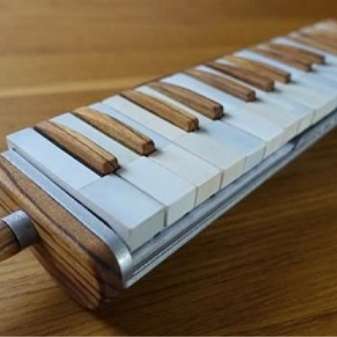

How to learn to play?
Melodika is one of the simplest and most convenient musical instruments, which even a preschooler can learn to play. As practice shows, to create beautiful and melodic musical compositions, many years of practice are not needed – it is enough to master the basic points and study some recommendations.
The community of melodica players highlights several important points in learning.
- Breath . Since the main difference between melody and other popular instruments is the regulation of the quality and volume of sound with the help of breathing, a novice musician should focus all his attention on this process. The movements of the tongue and lips should be smooth and free – this is how you can get the most juicy and bright sound.
- Singing . Melodic phrasing on this instrument is similarly carried out using the respiratory process. In this regard, it is recommended to pre-correct your own singing so that with certain sounds you do not get lost in the simultaneous pressing of the keyboard system. In addition, while singing, the musician can pronounce certain words that endow the sound with a unique expressiveness and character.
- Improvisation . As practice shows, improvisation on this musical instrument brings a special pleasure to the player, which is explained by a simple technique. To begin with, you can improvise even on 1 or 2 notes – just press any keys and make sounds.


You can play this musical instrument from any position, even lying down. In most cases, two separate mouthpieces are made for melodics, one of which is rigid and the other is made in the form of a small and soft hose . In the case of a hard nozzle, the musical instrument is brought directly to the mouth, while the melody is supported by the right hand, and the keys are pressed with the left. If the melody is equipped with a flexible hose, then it is carefully installed on your knees or a table (while the keys are pressed with both hands).
It makes no difference whether the musician performs the melody in the first or second way. Here it is especially important to choose the technique and body position that will be most convenient for a particular person . Direct learning to play the melody is a purely improvisational process, with the help of which the performer can build a characteristic sound, achieve raising or lowering certain notes, and much more. If compared with the piano, then the melody can be played immediately, which is indicated solely by the desire of a person.
The very process of playing is quite simple – for the implementation of certain melodic inserts, it is enough to take the instrument to the lips and start making sounds just in separate words. In the future, the musician should connect the keys, through which the volume, strength and melody of the sound increase.

